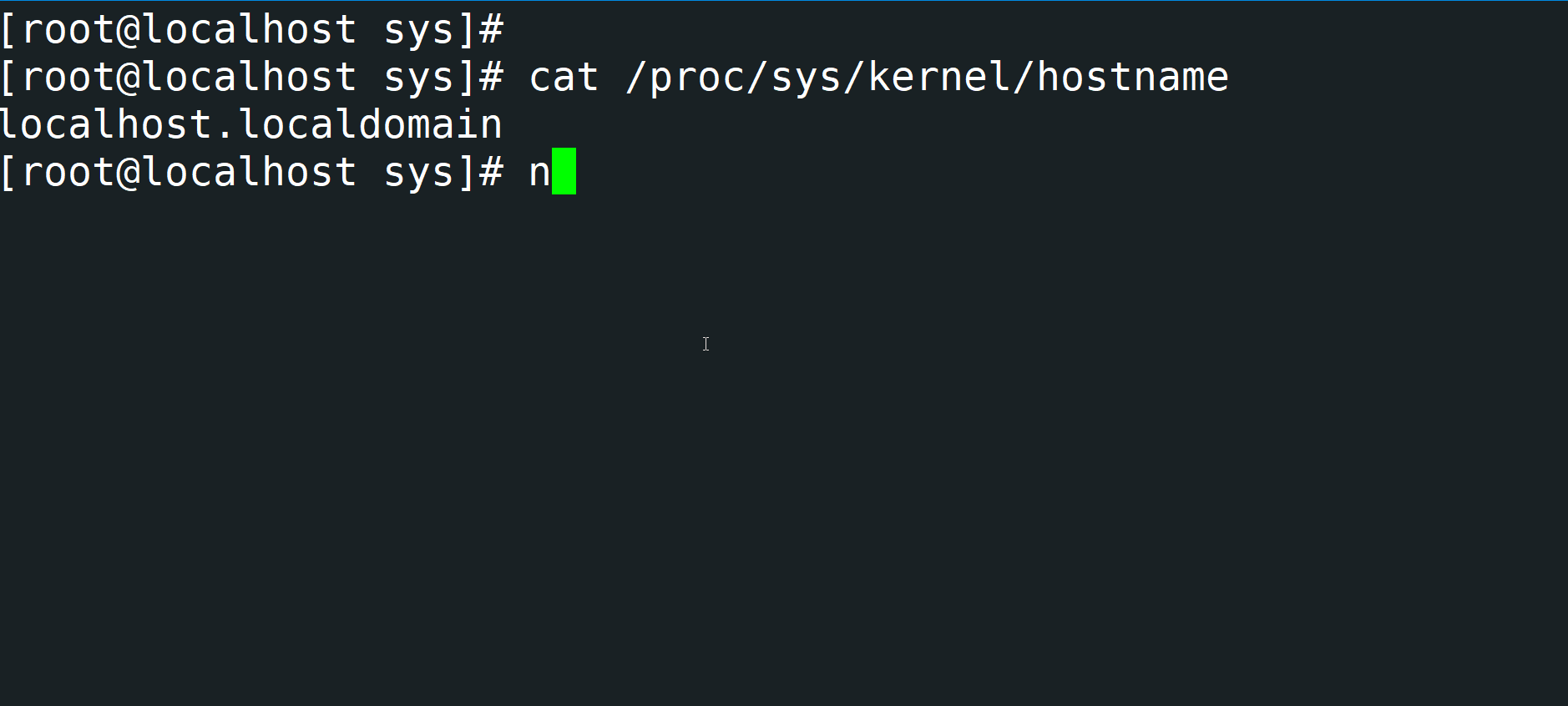
How to check the host name in Linux: 1. Check the system host name through the hostnamectl command; 2. Use hostname to check the host name; 3. Use uname to check the host name; 4. Use nmcli to check the host name; 5. Use Use sysctl to view the host name; 6. Use "cat /etc/hostname" to view the host name; 7. Use "cat /etc/hosts" to view the host name; 8. View the host name through ProcFS; 9. Use nmtui to view the host name.

#The operating environment of this tutorial: linux5.9.8 system, Dell G3 computer.
How to check the host name in Linux?
10 Ways to Check the Hostname in Linux
The hostname (also known as the computer name) is given to devices connected to the network A name (could be a system, switch, router, etc.) that identifies it across the network. You cannot have two systems with the same hostname on the same network. The purpose of the Linux system in naming the current host is to make it easier to remember, especially when deploying a cluster. Generally, the host name will be associated with an IP address, so that in other clusters, if the host changes IP address, other cluster machines do not need to make corresponding modifications.
By default, hostnames can be found in the terminal, but the first part is only displayed if the hostname is relatively large (each hostname usually has at least one associated with it website address). Let’s take a look at 10 ways to check the host name of Linux.
1. To view the hostname, use hostnamectl
hostnamectl can be used to query and change the system hostname and related settings. Run the hostnamectl command to view the system hostname, the command is as follows:

#As you can see from the above figure, the current host name is localhost.localdomain.
2. To view the host name, use hostname
The host name is used to set or display the current host, domain or node name of the system. Many network programs use these names to identify computers. NIS/YP also uses this domain name. The command is as follows:

3, view the host Name using uname
uname (meaning unix name) is a utility command that prints system information such as name, version and other details about the system and the operating system running on it. The command is as follows:

4, check the host name Use nmcli
The nmcli command is mainly used for network management control and network status reporting. nmcli is mainly used to create, display, edit, delete, activate and deactivate network connections, as well as control and display the status of network devices. The command is as follows:

5, use sysctl
to view the host nameThe sysctl command is mainly used to modify kernel parameters when Linux is running. The available parameters are the parameters listed under /proc/sys/. Procfs is required for sysctl support in Linux. You can use sysctl to read and write sysctl data. The command to view the hostname is shown below.

Through the above five You can view the host name with one command. Let’s take a look at the next five, but in general, the first five are enough.
6. To view the host name, use cat /etc/hostname
to view the host name by viewing the /etc/hostname file. The command is shown below.

to view the host name
View the host name by viewing the /etc/hosts file. /etc/hosts is mainly used to configure the dns mapping relationship of the local machine, usually the ip address host name, used for the mapping relationship between ip and host. The command is shown below.

The proc file system (procfs) is a special file system in Unix-like operating systems that provides information about processes and other system information. It is sometimes called a process information pseudo-file system. It does not contain "real" files, but runtime system information (such as system memory, mounted devices, hardware configuration, etc.).

9, use nmtui
to view the host namenmtui nmtui is a graphical-based application for interacting with NetworkManager. When nmtui is started, the system will prompt the user to select the activity to be performed. Unless they choose to exit, otherwise they will select the default parameters by pressing Enter, which can be modified after entering.

10, check the host name through /etc/sysconfig/network
The "/etc/sysconfig/network" file specifies additional information that is valid for all network interfaces on the system. This command can only be used on RHEL/CentOS 6 systems. It cannot be used on systems above Centos6.
As can be seen from the above 10 methods, there are many ways to check the Linux host name, but the editor here recommends that you use the first five methods through commands. These methods cover almost any method in Linux. System type.
Recommended study: "Linux Video Tutorial"
The above is the detailed content of How to check the host name in linux. For more information, please follow other related articles on the PHP Chinese website!